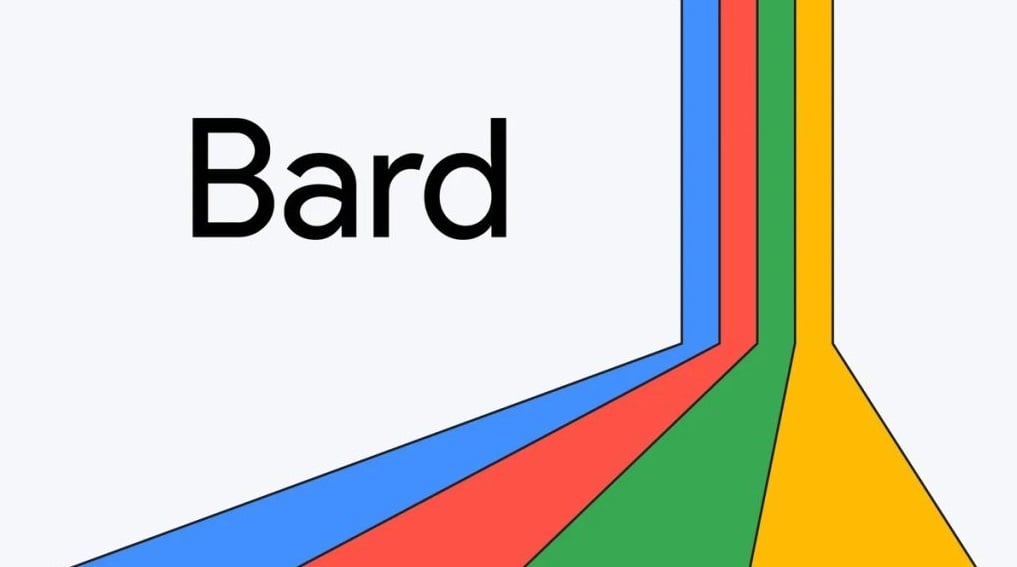Google’s Bard, the conversational AI service powered by LaMDA, has made significant strides since its launch earlier this year. At Google’s recent I/O event, the tech giant revealed exciting updates that enhance Bard’s capabilities and provide users with new avenues for collaboration.
One of the most noteworthy announcements is that Google Bard is now available globally. The service, which was previously on a waitlist, has expanded to over 180 countries and regions. The AI now supports Japanese and Korean language and Google plans to roll out support for 40 languages in the near future.

Key features of Google Bard:
To make interactions with Bard more visually engaging, Google has introduced image integration into the service. Users can now request recommendations from Bard and receive responses enriched with relevant visuals. This enhancement provides users with a better understanding of their queries and the topics they are exploring. Furthermore, users can incorporate images in their own prompts, leveraging the power of Google Lens. Bard can analyze these images and swiftly generate creative captions, offering users a seamless and efficient experience.
Addressing feedback from developers, Google has upgraded Bard’s coding capabilities. These improvements include source citations, a dark theme for enhanced readability, and an export button. This export feature allows users to transfer their code and run it using the popular coding platform, Replit, starting with Python. Additionally, Google has introduced two export options that enable users to seamlessly transfer Bard’s replies directly into Gmail and Docs.
Recognizing the importance of integration, Google has announced that Bard will seamlessly connect with various Google apps and services, including Docs, Drive, Gmail, and Maps. This integration opens up endless possibilities for users to explore and nurture their curiosity and creativity. Furthermore, Google is collaborating with external partners, such as Adobe Firefly, to ensure Bard can generate high-quality images that enhance users’ creative projects.
Users can now experience Bard directly by visiting bard.google.com.
RELATED:
- WebGPU Brings AI Capabilities Directly to Google Chrome Users
- Google rolls out Android 14 Beta 2: Check out the features and eligible devices
- Google unveils Magic Editor: Transform your photos with AI-powered editing
- Download OnePlus 11R Genshin Impact Edition Wallpapers, Ringtones, and AOD





